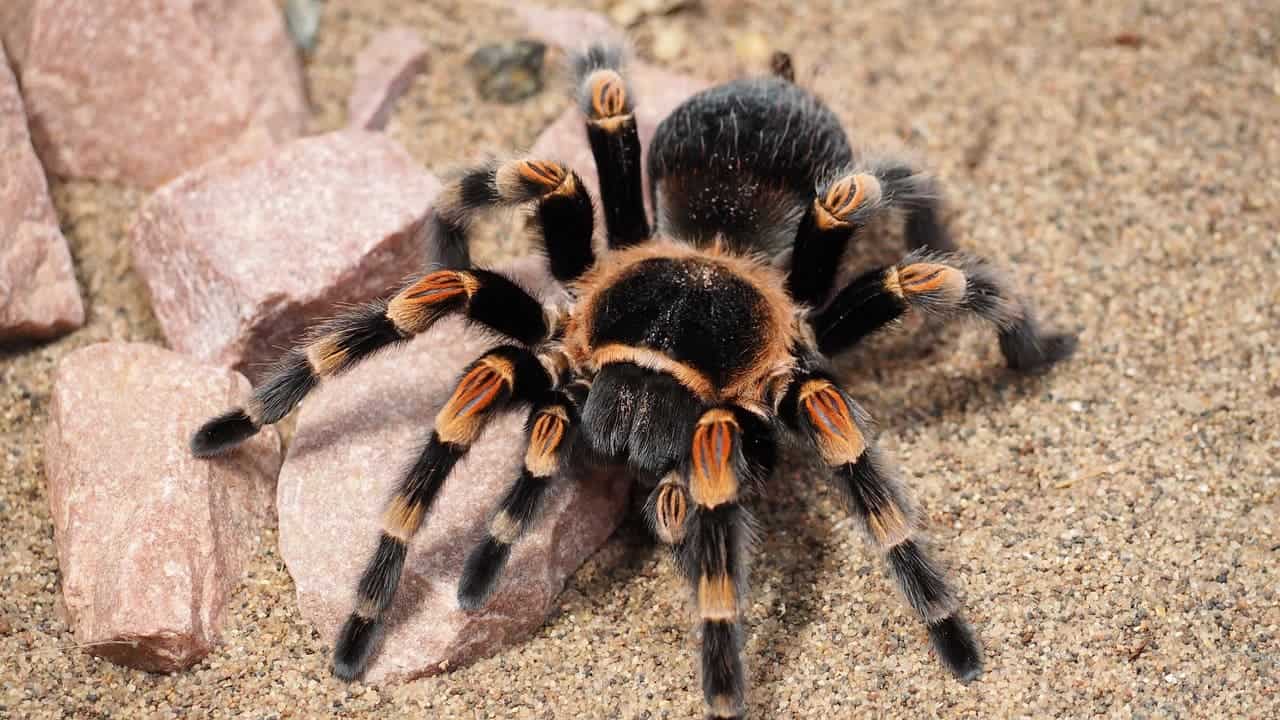
Tarantulas are one of the most notorious spiders, mainly because of their size and appearance – with hairy legs, large jaws and vibrant colors, tarantulas tend to make a splash every time they appear. But one thing has astonished researchers about tarantulas: why is it so widespread all over the world?
Tarantulas are found on every continent (except Antarctica) and are distributed in many parts of the world. This is especially surprising because individual tarantulas do not like to move around much.
“They are fairly widespread and occur in the subtropical regions of every continent,” a research team led by bio-computer scientist Saoirse Foley of Carnegie Mellon University explained in a new study.
‘[Their] behavior does not suggest that tarantula would be successful distributors, yet it spread all over the world and noticeably colonized various ecological niches. ”
Females and juveniles rarely or never go out of their holes, and males usually venture out just to look for mates. How then is it so widespread?

To answer this question, Foley and colleagues followed two different tracks: the biogeographic distribution patterns of tarantulas throughout history, as well as their genetic history (from transcriptome databases). They then modeled how tarantulas could spread their evolutionary history, built an evolutionary tree of tarantulas and calibrated it with known fossil evidence.
They found that tarantulas probably originated about 120 million years ago during the Cretaceous, when Tyrannosaurs, velociraptors, and other dinosaurs roamed the planet. This leads researchers to an interesting conclusion: geology has done a lot of distribution work for the tarantulas.
“Previous studies estimate that tarantulas originated between 150 Ma-71 Ma or ~ 107 Ma, which is compatible with a Gondwana origin,” the researchers explain. “Indeed, some tarantulas (Selenocosmiinae) is suggested to be North Gondwana taxis. ”

At that time, many of the world’s current continents were merged into a supercontinent called Gondwana, which includes Antarctica, South America, Africa, Madagascar and Australasia, as well as the Arabian Peninsula and the Indian subcontinent. However, some tarantulas also appear to be surprisingly skilled distributors.
Some tarantulas from India remained local, but others migrated and diversified across Asia, while the Indian tectonic plate was still isolated and drifting to Asia. These two generations colonized Asia 20 million years apart.
“Our results indicate that both of these Asian descendants were divergent while the Indian Plate is still fluent in Asia … Interestingly, the two lines also appear to be ecologically divergent,” the researchers say.
There are currently about 1,000 tarantula species, ranging from smaller than a coin to as large as a dining plate. They have a remarkable variety, and because their fossil record is so sparse, there is still much we do not know about their evolution and diversification – which is why studies like this are so important.

Finally, the study suggests that geology has given tarantulas a helping hand to spread around the world, but that it may also lead researchers to reconsider the distribution and adaptability of tarantulas.
‘Before, we did not consider tarantula to be good distributors. Although continental drift has certainly played a role in their history, the two Asian colonization events encourage us to reconsider this narrative. The microhabitat differences between the two sex lists also indicate that tarantulas are experts in exploiting ecological niches, and at the same time show signs of niche conservation, ”said Foley.
Magazine reference: Saoirse Foley, Henrik Krehenwinkel, Dong-Qiang Cheng, William H. Piel. Phylogenetic analyzes reveal a Gondwanan origin and repeat from India colonizations to Asia by tarantulas (Araneae: Theraphosidae). PeerJ, 2021; 9: e11162 DOI: 10.7717 / peerj.11162
